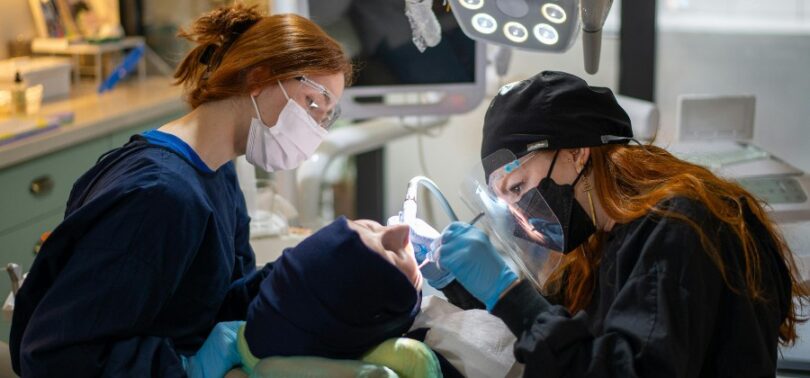The concept of 3D printing has revolutionized industries worldwide, but its application in healthcare is one of the most groundbreaking developments of the 21st century. Bioprinting, a specialized form of 3D printing, is transforming medicine by creating functional tissues and, potentially, entire organs. This cutting-edge technology offers new hope for patients suffering from organ failure, reducing transplant wait times and the risk of rejection. As advancements continue, bioprinting is poised to redefine regenerative medicine and patient care.
Also Read: How Smart Implants Are Revolutionizing Patient Treatment
How Bioprinting Works
Bioprinting involves using bio-inks—materials composed of living cells—to construct tissues layer by layer. The process begins with a digital blueprint, often derived from a patient’s own cells, ensuring compatibility. Specialized bioprinters deposit these cells in precise patterns, replicating the complex structures of human tissues. Over time, these printed tissues can integrate with the body, offering a revolutionary approach to treatment.
Unlike traditional organ transplants, which rely on donors, bioprinting provides a scalable and personalized solution. Scientists have already succeeded in printing skin, cartilage, and even miniature organ structures, bringing the medical field closer to printing fully functional hearts, livers, and kidneys.
Transforming Organ Transplants
The shortage of donor organs is a persistent global challenge, with thousands of patients waiting for life-saving transplants. Bioprinting offers a promising alternative by enabling the creation of lab-grown organs tailored to individual patients. Since these printed organs use the patient’s own cells, the risk of immune rejection is significantly reduced. This innovation could dramatically increase survival rates and improve the quality of life for transplant recipients.
Beyond organ transplantation, bioprinting is also advancing drug testing and disease modeling. Scientists can create realistic tissue structures to test new treatments, reducing the reliance on animal testing and improving the accuracy of clinical trials. These breakthroughs allow for faster and safer drug development, benefiting both researchers and patients.
Challenges and Future Prospects
Despite its potential, bioprinting is still in the experimental stage. One of the biggest challenges is replicating the complexity of human organs, including intricate networks of blood vessels. Without proper vascularization, printed tissues struggle to survive and function properly. Researchers are actively developing new techniques, such as microfluidic systems, to integrate blood flow into bioprinted structures.
Regulatory approval is another hurdle. The medical field is highly regulated, and proving the safety and efficacy of bioprinted organs requires extensive testing. Ethical considerations also come into play, raising questions about accessibility, affordability, and the long-term implications of lab-grown organs.
Despite these challenges, progress is accelerating. Leading biotech companies and research institutions are making significant strides, with clinical applications expected within the next decade. The integration of artificial intelligence and advanced biomaterials is further enhancing the precision and viability of bioprinting, bringing the vision of printed organs closer to reality.
Also Read: AI and the Future of Patient Care: Transforming Hospital Spaces
Conclusion
Bioprinting and 3D-printed organs represent the next frontier in medical innovation, offering solutions to organ shortages, improving transplant success rates, and advancing drug discovery. While challenges remain, ongoing research and technological advancements are paving the way for a future where custom-built organs could save countless lives. As this field continues to evolve, the dream of printing fully functional human organs is steadily becoming a reality.


